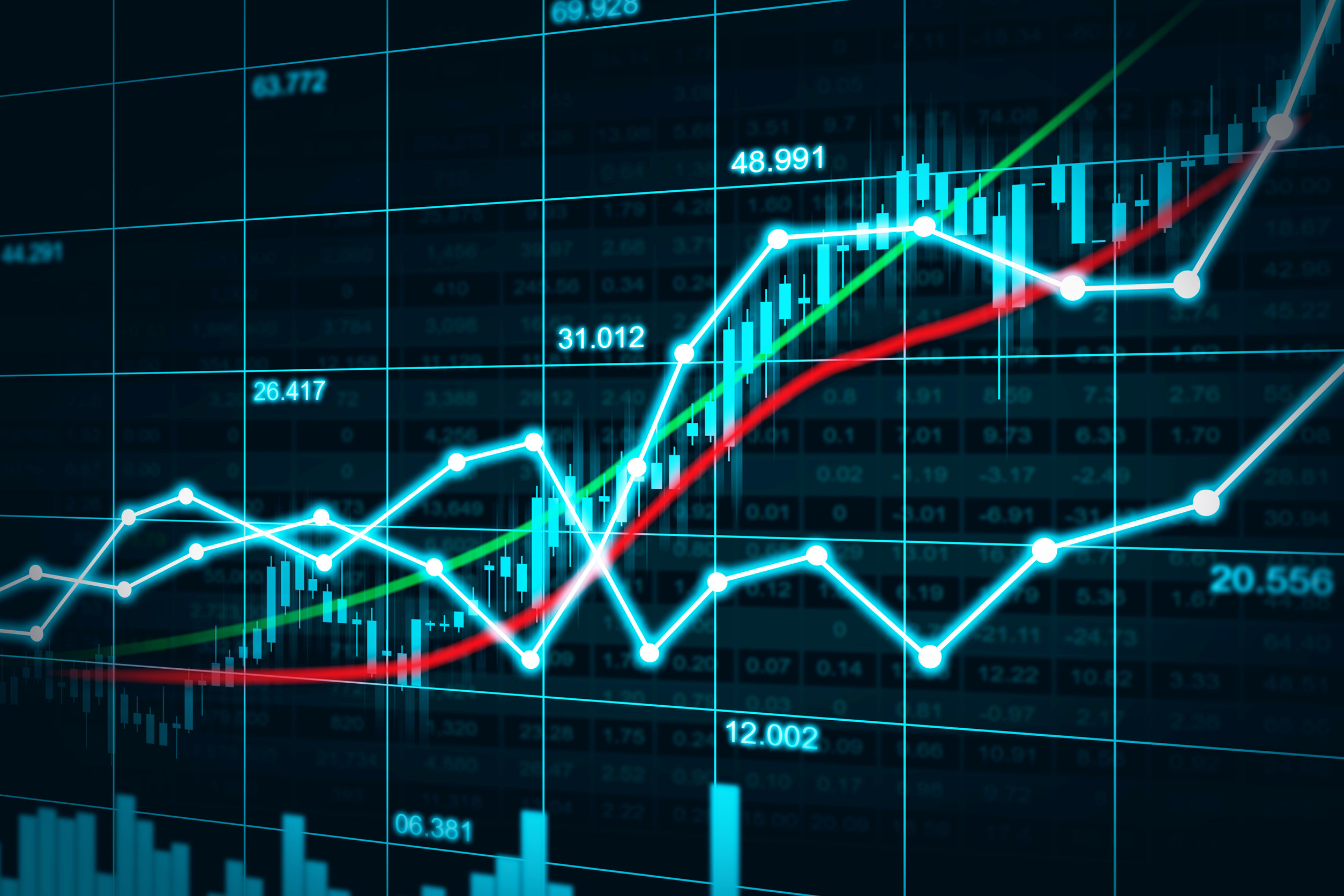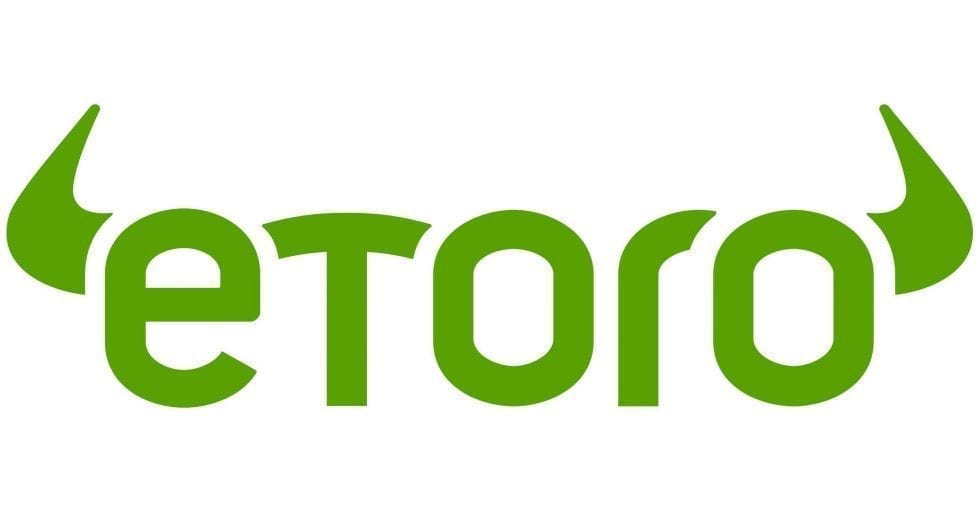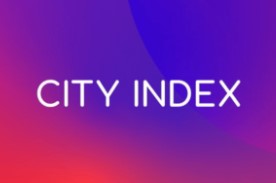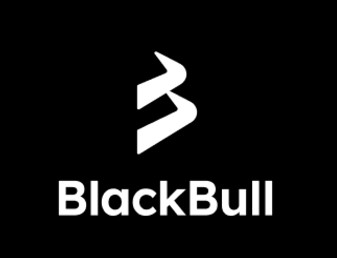A Beginner’s Guide to Trading Futures Contracts
Futures contracts are derivative financial instruments whose value is derived from an underlying asset. The history of futures contracts can trace their origins back to ancient Greece and Mesopotamia. Agriculture is a notoriously volatile business, subject to severe and unpredictable weather conditions that dramatically impact the price of agricultural products. Both grain producers and processors were concerned at changing conditions at harvest affecting the price.
The Code of Hammurabi in Mesopotamia established legal contracts setting out a price agreed upon between processors and producers, binding the parties to the contract to deliver and receive a fixed amount of a specified commodity at an agreed upon delivery date at a specified price.

What are Futures?
Historically, processors and producers entered into contractual arrangements at temples to buy specified amounts of a commodity at a fixed price – the delivery price – with the date of delivery of the product completing the contract.
These early parties to futures trading were “hedgers” looking to protect themselves from shifts in the price of the commodity at delivery. In the 1700’s the first market for trading futures contracts for rice came into being in Japan. Futures markets opened the door for speculators to get involved, buying a futures contract and later selling the contract at a profit should the commodity price move in their favor.
Top Australian Brokers
- Pepperstone - Trading education - Read our review
- IC Markets - Experienced and highly regulated - Read our review
- eToro - Social and copy trading platform - Read our review
Once dominated by “open outcry” trading pits in futures markets, in the modern world futures contracts are traded primarily in electronic exchanges in virtually every corner of the world. Underlying assets in the futures contracts have multiplied since the early days of agricultural commodities. Today, there are futures contracts for currencies, interest rates, market indices, cryptocurrency, and even futures for human organs for transplant under discussion.
Both parties to the futures contract are required to execute the contract as written – with buyers legally bound to purchase the quantity of the underlying asset set forth in the contract at the specified price with the seller required to sell the quantity of the underlying asset set forth in the contract at the specified price.
Types of Futures
Agricultural futures began with grain trading introduced in the US in 1848 at the Chicago Board of Trade (CBOT), now the Chicago Mercantile Exchange (CME). Agricultural futures quickly expanded to include cotton, lumber, livestock, milk, coffee, and sugar.
Energy Futures target a variety of fuel and energy products, including crude oil, diesel fuel, natural gas, liquefied natural gas, electricity, coal, and uranium. Crude oil is among the most popular futures contracts, trading on both the New York Mercantile Exchange (NYMEX) and the CME in hundreds of thousands of contracts per day, depending on market conditions. The number of contracts is estimated at one million each day.
Metals Futures contracts include primarily industrial metals like steel and copper but also gold, silver, and platinum. While copper futures are considered the “canary in the coal mine” as a broad gauge of the health of the US, Chinese, and global economies, gold futures contracts are the most commonly traded metals future contracts, with an average trading volume in the tens of thousands of contracts per day.
Currency Futures provide protection against currency risk stemming from future changes in exchange rates and interest rates. There are futures contracts for virtually every pair of the world’s major currencies, like the Euro to US Dollar exchange rate (EUR/USD), the British Pound Sterling to the US Dollar (GPB/USD), the Japanese Yen to the US Dollar (JPY/USD), and the Chinese Yuan, or Renminbi, to the US Dollar (RMB/USD.)
Financial Futures target entire market indices for future price movement, as well as government bonds and global currencies. There are financial futures contracts for the US S&P 500 and the NASDAQ Indices along with thee AX 200 ,US Treasury Bonds, Australian government bonds, the Eurodollar, and the Australian dollar. As is the case with all futures derivatives, financial futures contracts attract both hedgers looking to protect against future price movements and speculators looking to make profit by trading the future contracts they buy to other speculators or hedgers prior to the expiration of the contract.
Futures vs Options and Warrants
Although all three are examples of financial derivative contracts based on the value of an underlying asset like stocks, bonds, or commodities, there are key differences between the three in the rights and obligations of the parties to the contract.
All three attract hedgers who have an interest in buying the underlying asset looking for risk protection against price movements and speculators looking to make a profit on price movements with no interest in owning the underlying asset.
In options and warrant contracts, the buyer or contract holder has the right but not the obligation to buy the asset at the fixed price in the contract by the expiration date. Options are contracts between individual investors while warrants are contracts between a publicly traded company or financial institution and individual or institutional investors. Futures contracts are between producers and processors or speculators. Individual investors writing an options contract.
In both options and warrants the seller is only obligated to meet the terms of the contract if the buyer executes the option or warrant. In futures contracts, both parties are obligated to meet the terms of the contract. In theory, this means that buyers of a wheat or oil futures contracts are obligated to take physical delivery of the commodity at expiration with the seller under obligation to deliver. In practice, the vast majority of futures contracts are closed out prior to expiration with the remainder subject to cash settlements in lieu of physical delivery of the commodity.
The Pros and Cons of Futures
Futures contracts have several advantages over options and warrants, beginning with time decay. In both options and warrants the value of the contract reduces in value (decays) as the expiration date approaches when the price of the underlying asset is stable or dropping. In futures contracts, it is the future price of the underlying asset that determines the value of the contract, not its duration.
Given the demand for futures contracts covering a wealth of commodities, investors looking beyond stock trading have access to this huge, and highly liquid market. Margin requirements for entry are standard and contract pricing is more transparent than options pricing models.
Leverage in futures contracts are similar to the classic “double-edged sword” in that high liquidity can produce high volatility in asset pricing.
As is the case with many financial investments, future contracts depend on a future which no one can predict with complete certainty. Some futures contracts do not allow cash settlements in lieu of physical delivery, burdening the futures contract buying with the need to physically transport and store the asset.
The basics of futures contracts today remain the same as those in the earliest instances of futures contracts, dating back centuries to ancient Mesopotamia – “contracts setting out a price agreed upon between processors and producers, binding the parties to the contract to deliver and receive a fixed amount of a specified commodity at an agreed upon delivery date at a specified price.”
Agricultural commodities gave birth to futures contracts and remain among the most popular future contracts now traded primarily on electronic exchanges around the world. They have been joined by future contracts in energy, metals, currencies, interest rates, exchange rates, government bonds and securities, and equity market indices.





